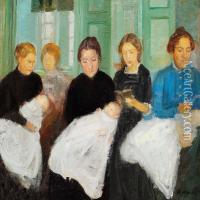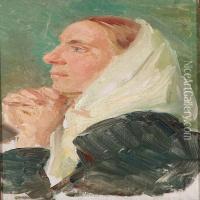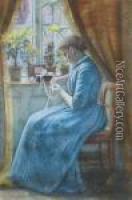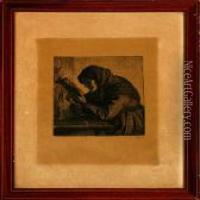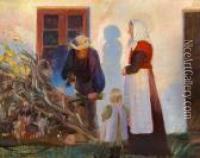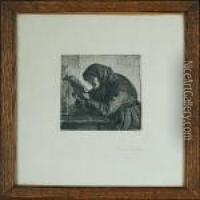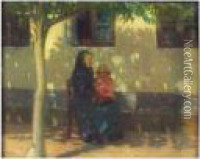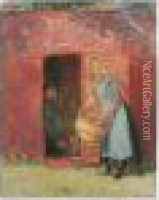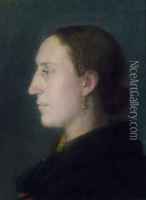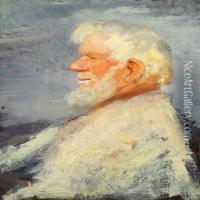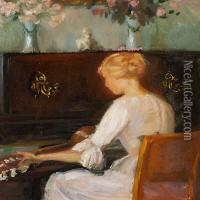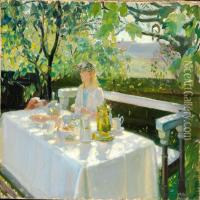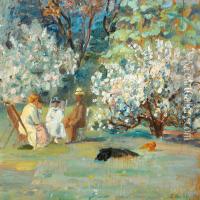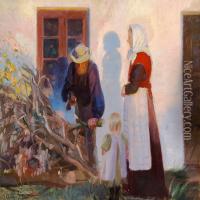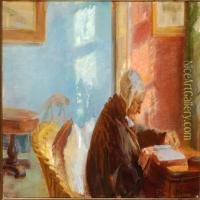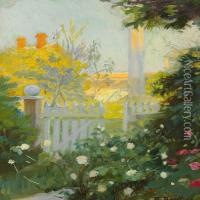Anna Ancher Paintings
Anna Ancher was a Danish artist, born on August 18, 1859, in the town of Skagen, Denmark. She was one of the central figures of the artists' colony known as the Skagen Painters, a group that gathered in the late 19th century in the northernmost part of Denmark. This group focused on capturing the unique light and landscapes of Skagen, as well as the daily life of its people. Anna Ancher was notable for being one of the few professional female painters of her time in Denmark.
Anna was the daughter of a local hotelier, which gave her the opportunity to meet various artists staying in Skagen. She showed an early talent for art and began her formal education at Vilhelm Kyhn's school of painting in Copenhagen. Unlike many of her contemporaries who traveled abroad to study, Ancher's work was primarily influenced by the natural beauty and the local community of Skagen.
Ancher married fellow artist Michael Ancher, whom she met in Skagen. Her work often focused on interior scenes, with a particular emphasis on the interplay of light and color. She was skilled at capturing everyday moments and was known for her ability to depict the texture and quality of different materials, from the softness of bread dough to the roughness of fishermen's hands.
Her most celebrated works often featured women engaged in domestic tasks, subtly imbued with a sense of dignity and calmness. She was not only a central figure in the Skagen Painters' colony but also contributed significantly to the portrayal of women's lives in art.
Ancher's work was widely respected in Denmark, and she received numerous awards and honors during her lifetime. She continued to paint and exhibit her work until her death on April 15, 1935. Today, Anna Ancher is remembered as a pioneer for female artists and a master of Danish impressionism. Her home in Skagen, which she shared with her husband, is now a museum dedicated to the work of the Skagen Painters, preserving the legacy of this unique artistic community and Ancher's significant contributions to it.
